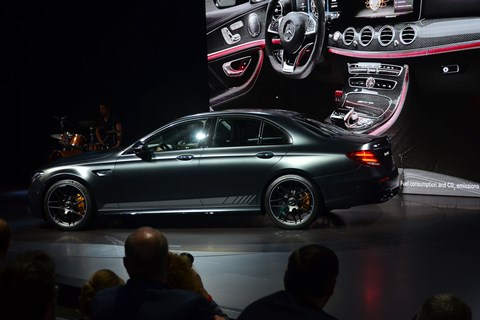► The low-down on the 2016 Los Angeles motor show
► Insight on key reveals, including the Alfa Stelvio SUV
► Key trends, themes and news from CAR’s Ben Miller
Walking one of the endless inter-hall concourses at LA’s sprawling convention centre, vast Stelvio billboards hang overhead. ‘It’s hard to forget 105 years of racing success…’ reads the first. ‘So we haven’t,’ says the second.
The past was ever-present at the 2016 Los Angeles Auto Show, an event whose headlines were dominated by two great old European marques with glorious histories busily ensuring they’ve prosperous futures.
LA’s clogged, sun-drenched concrete arteries groan with SUVs of every make and vintage, from blacked-out Range Sports through roaring open-piped Navigators to serene Model X Teslas. The Stelvio will be entirely at home here when it lands next year, particularly the twin-turbo V6 Quadrifoglio – why wouldn’t you when gas is $4.30 a gallon?
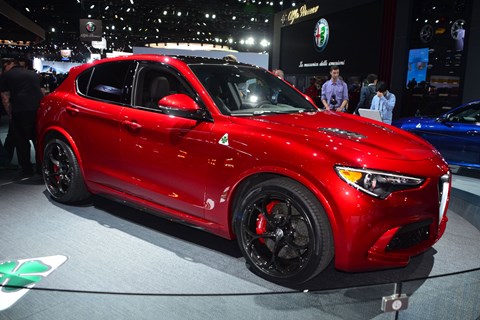
We knew it was coming but still the Alfa stole the show, its appeal a heady blend of base want and the still wondrous magic of that name. 4C aside, Alfa hasn’t been in North America since the 164 – but the lack of later hatches and front-drive saloons has done nothing to dull the nation’s passion for the brand. (Whisper it: their absence may even have nourished it).
Alfa boss Reid Bigland refuses to be drawn on sales targets, saying only that the car must be right and that if it is the sales will come. The Macan’s the dynamic benchmark, and we’ll find out if the Stelvio QF’s power advantage will be allied to an equally impressive chassis in the spring. Given Porsche can scarcely build the Macan fast enough, the Stelvio has the potential to lend critical mass to Alfa’s comeback.
Where Alfa Romeo used its history as a backdrop in LA, Jaguar went right ahead and brought its past to life. The first recreated XKSS and I-Pace Concept made for a fascinating pairing: the former the manifestation of the 20th century’s care-free adoration of the power, beauty, drama and tragedy of the motor car; the latter a bold statement of progress from a marque whose past still feels like a ball-and-chain at times.
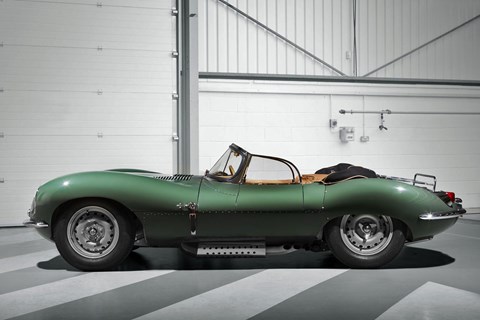
The XKSS is entirely irrelevant in almost every way. Entirely unattainable and a perfect recreation of obsolete technology, it nevertheless prompted spontaneous outpourings of desire, physical and digital. You almost felt sorry for Ian Callum and the rest of the I-Pace team: you rage at the limits of what’s possible and a 60-year-old relic of the past steals your limelight.
You’ll almost certainly never see one of the Kev Riches’ nine, £1m+ ‘new originals’ on the road, but in a little over a year I-Paces will be silently sailing the UK’s overburdened roadways. The car’s proper name at LA included the word ‘Concept’ but the first all-electric Jaguar will go into production, and soon.
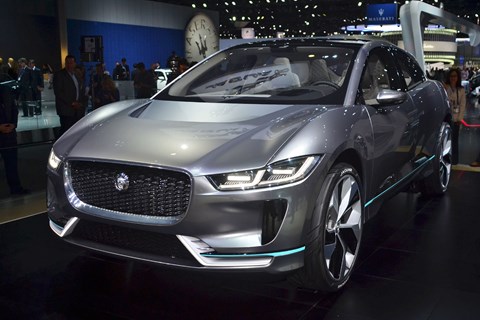
It’s twin-motor, skateboard-esque package owes much to Californian disrupter Tesla but where Musk’s cars are conservatively styled, the I-Pace wears its progressive powertrain on its sleeve – with shades of BMW i in its bold creases and clean, architectural surfaces.
Callum’s adamant it needed the Jaguar face but you wonder whether this was an opportunity missed; a chance to draw a line and start afresh overlooked. Perhaps the revolution of a Jaguar without an engine is enough.
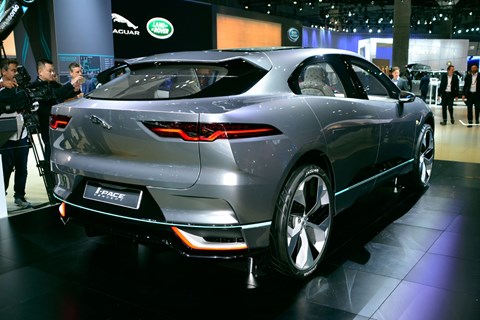
Revolution at Porsche too. Not the long-wheelbase Executive Panamera (with another 150mm between the wheels) – the UK may not have seen long-wheelbase Pan-ams before but the rest of the world’s had them for years. No, the revolution was the product of Porsche’s motorsports department, which has quietly painted a wink on the Mona Lisa by building a 911 that carries its engine between its axles. The new RSR racer will debut at Daytona in January and Porsche is bullish about its chances – in racing Porsche doesn’t do ‘learning years’. It wants wins, hence the departure from half a century of 911 convention.
An outlandish, awesome thing to behold, the RSR looks nothing like a road car. And yet, Porsche being Porsche, it will inspire forthcoming GT road car projects, just as the GT3 RS’s mile-wide front track was inspired by the GT3 R and GT3 Cup and, vice-versa, Porsche’s off-the-shelf GT racer, the Cayman GT4 Clubsport, is a stripped version of the road car with a PDK transmission. Don’t bet against a road-going 911 with something of the new RSR’s outlandish aero, if not its sacrilegious engine location.
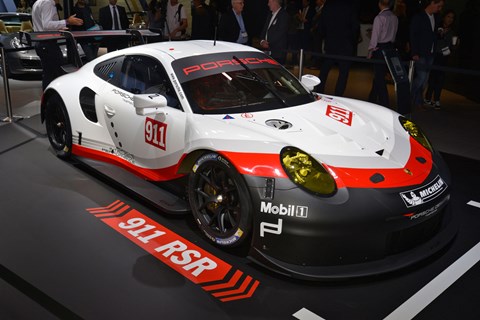
But back enough of La La land, what about the real world? In 2016 the real world is C-segment SUVs, and both Jeep and Honda debuted contenders at LA that won’t reach UK battlegrounds until 2018.
The new Jeep Compass builds on the Renegade’s recipe for success, using a higher price point to deliver superior finishes, equipment and a little more space.
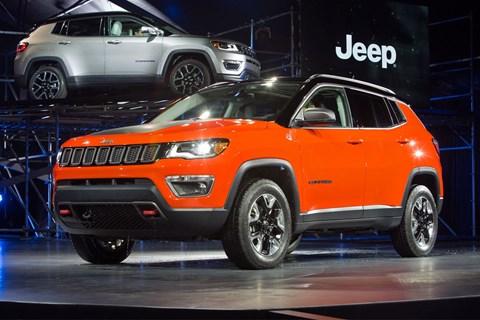
The next-generation CR-V is a key component in a new-product assault from Honda, a name keen to win back lost ground and elevate its products to the premium ranks occupied by the likes of VW and BMW.
Honda’s new Civic (shown at LA in Si form) wants in on the Golf’s success, and the CR-V is benchmarked against the X3. Both cars – the CR-V and Compass – have the potential to become their manufacturer’s best-selling vehicle.
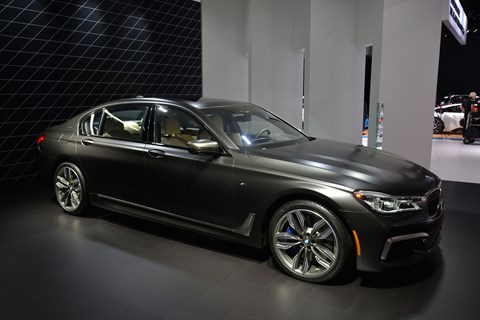
Perhaps fittingly given the new President, there were plenty of cars with their heads in the sand on matters of climate change. BMW unveiled a new ultra 7-series, the 600bhp M760i xDrive, while Mercedes chose LA to debut its new E-class AMG, the 603bhp E63. Because when outside the traffic’s bumper-to-bumper from dawn until long after dusk and a screen of smog sits on every freeway, what you need is a 4.0-litre twin-turbo V8 with the exhaust noise to start a quake.
Surely the past can only be the future for so much longer.
Read more LA Auto Show news here
